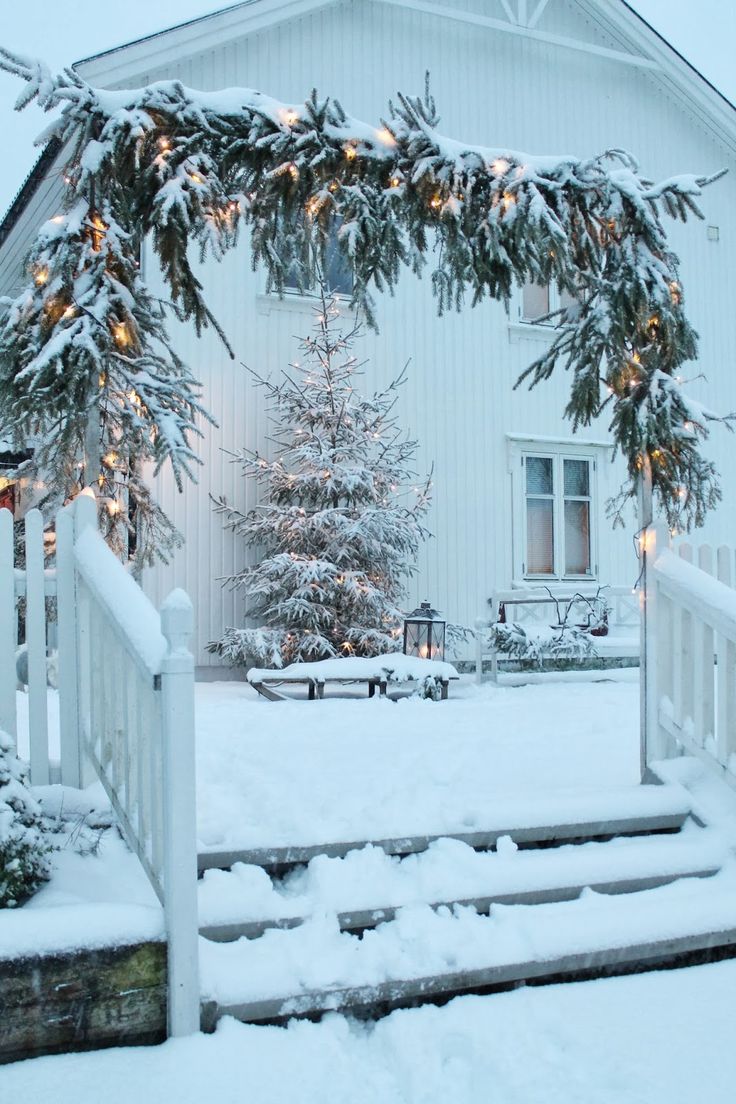How Falling Snow and Ice Dams Damage Your Deck

The winter of 2015-16 has been very cold and snowy for many parts of the country. Places like the village of Copenhagen in New York for example, received over 21 feet of snow. While the snow was tough on the roofs of homes, cars, and driveways, it was also very hard on outdoor decks. Those using metal shovels to clear the snow off their decks, unfortunately learned that the practice can scratch and gouge the finish.
Other people discovered that never clearing snow can cause a deck to collapse when the depth exceeded four feet. A deck should readily support four feet of dry snow. However, the same can’t be said with certainty of four feet or more of rain-soaked, or ice covered snow. The best practice is to never let the snow reach this depth. Even if the snow is dry, an overnight rain can completely change the situation.
Keep up with snow buildup by immediately removing it after a snowfall, better to get it done quickly than be sorry later. Use a broom for clearing a few inches of dry snow and a plastic shovel with a plastic blade for deeper snow. Make sure to shovel in the same direction as the deck boards. In addition to the danger of very deep and wet snow, there are other threats to your deck, and they’re right above your head.
Falling Snow from Your Roof
If your second story roof has lots of heavy wet snow, large amounts of this snow falling at once onto your deck can damage it; especially if the deck is already loaded with wet snow. The problem with heavy snow that falls a great distance is that it packs a wallop when it lands. This impact force is often times greater than its weight. This is why you should clear excessive snow buildup from your roof.
Ice Dams
Ice dams are literally dams made of ice that form on the lower part of your roof. When the weather warms up, large heavy slabs of this ice can fall from a second story roof on to your deck, causing serious damage. Ice dams are caused by poorly insulated roofs; Heat from inside the house melts the snow on your rooftop. This melted snow runs down and refreezes on the lower (and cooler) part of the roof near its edge. The refrozen ice gets thicker with time and forms a dam. Pooling water behind the dam will also damage your roof shingles. Please contact a professional roofing contractor when this happens and do not climb onto your roof to push snow or ice as this may result in injury.
We look forward to Spring very soon! Be sure to be prepared to clean your deck this Spring with the DeckMAX Cleaner Concentrate. This will help with dirt, grime, mold, mildew and help to eliminate any oxidation.
If you have any questions about caring for your deck, please contact us.








